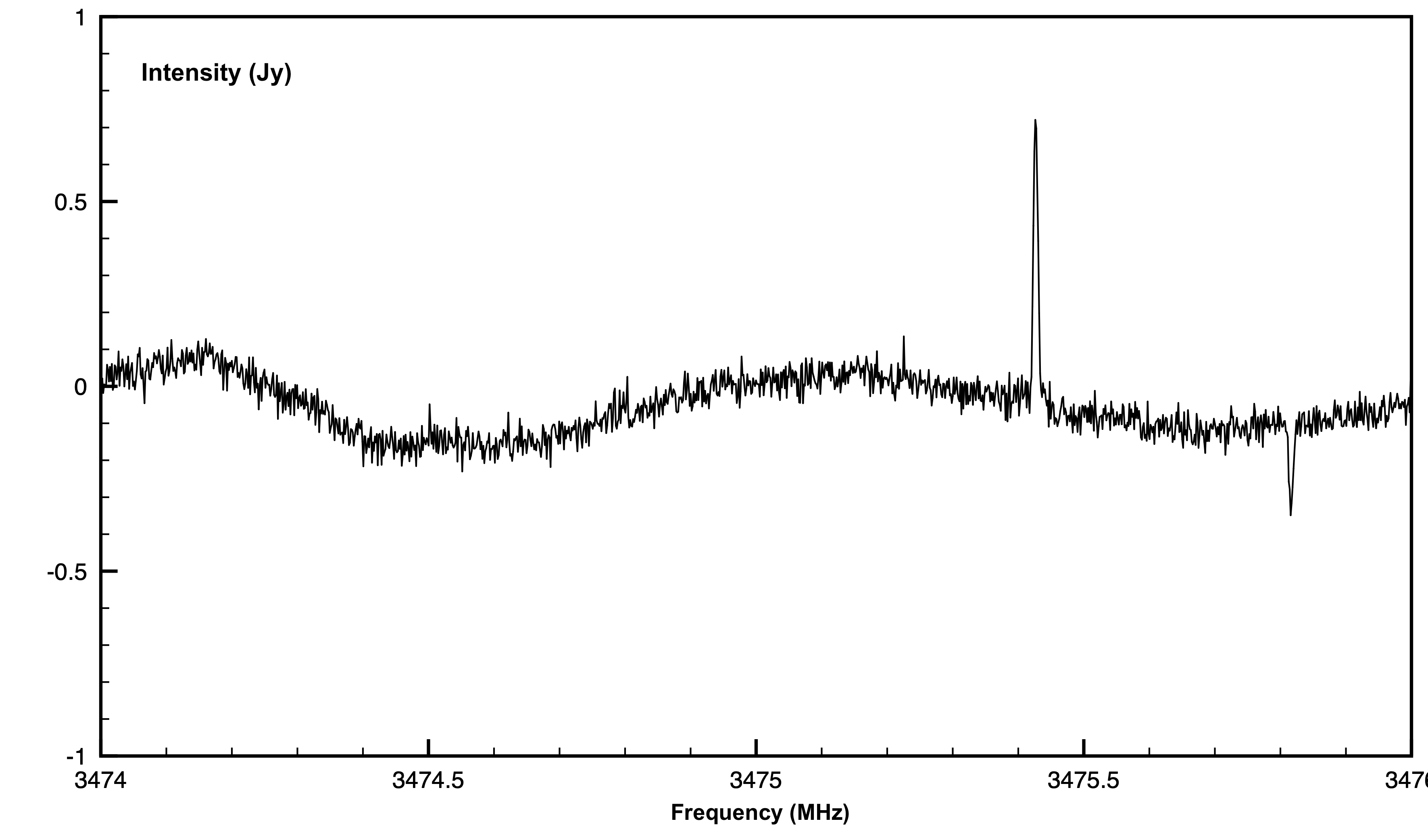Spectral-line-processing
A series of new spectral line surveys will explore regions of our Galaxy. To do this with Parkes 64m telescope with its new ultra-wideband low receiver, required new software. Our Nimbus account has enabled us to collaborate, test and improve the software and has enabled us to complete some of the first and widest frequency band searches.
Area of science
Astronomy
Systems used
Magnus, Galaxy, Zeus, Nimbus and Topaz
Applications used
Ubuntu, SDHDF Tools, Python
Partner Institution: CSIRO Space & Astronomy |
Project Code: L000286
The Challenge
These surveys cover a wide range of science goals from understanding diffuse gas within the Galactic Centre through carbon recombination lines, search for theorised dark matter particles called axions, and study molecules and recombination lines in star forming regions.
The Solution
The Nimbus environment has brought together a group of software developers, astronomers and theorists to work on improving ways we can process Parkes 64m telescope data.
The Outcome
We have now used this software to do some cutting edge searches for dark matter, setting some of the lowest limits and at one of the best frequency resolutions published. This work will be published in 2022.






